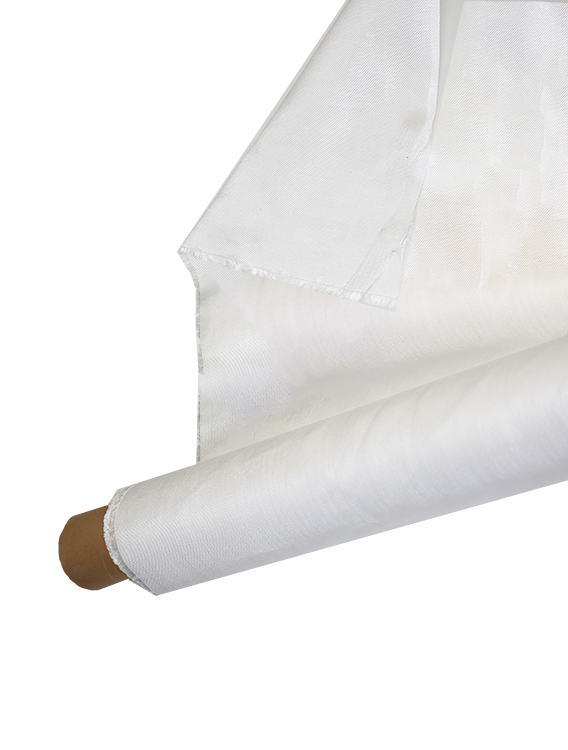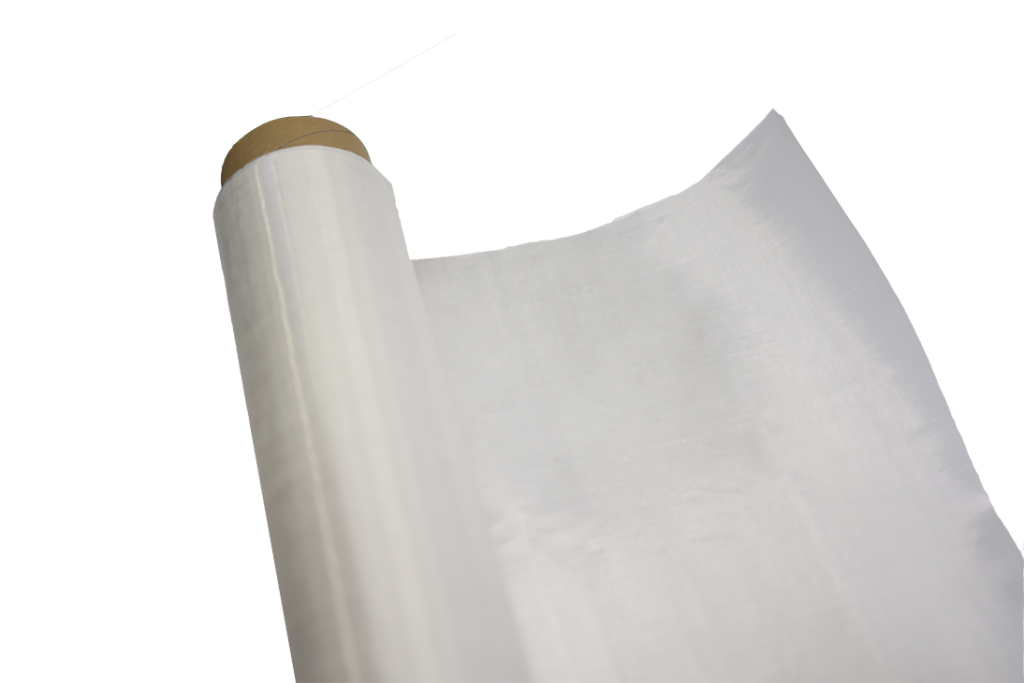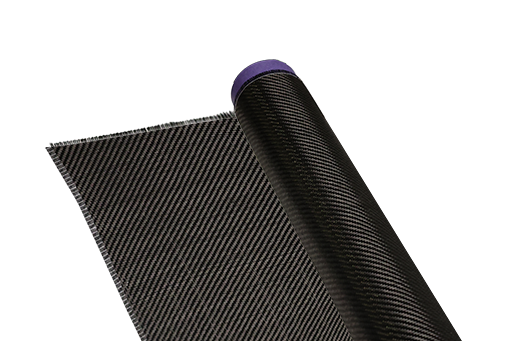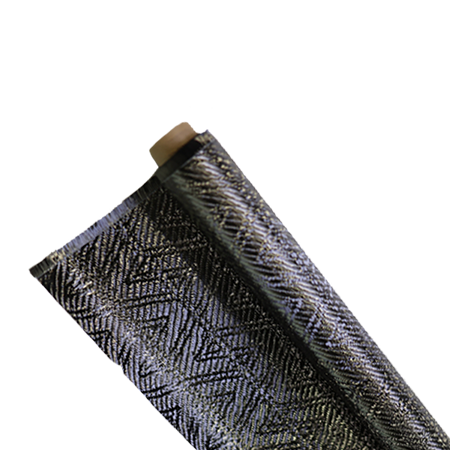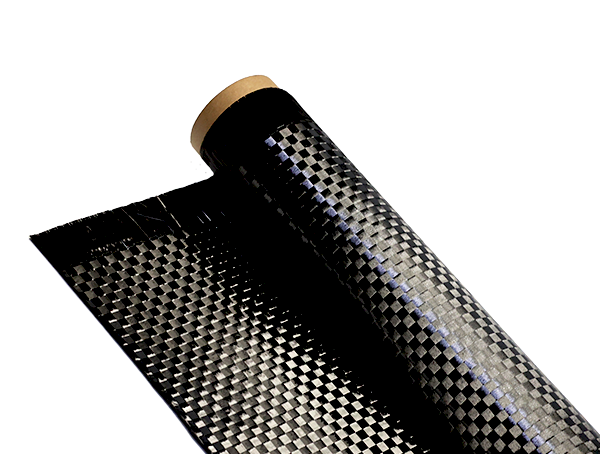Lightweight Carbon Sheets Developed for Aerospace Interiors
-
Table of Contents
“Elevate Your Flight: Lightweight Carbon Sheets for Superior Aerospace Interiors.”
Lightweight carbon sheets have emerged as a revolutionary material in the aerospace industry, particularly for interior applications. These advanced composites offer a unique combination of high strength-to-weight ratios, durability, and aesthetic appeal, making them ideal for enhancing the performance and comfort of aircraft interiors. By significantly reducing overall weight, lightweight carbon sheets contribute to improved fuel efficiency and reduced emissions, aligning with the industry’s push for sustainability. Additionally, their resistance to environmental factors and ease of maintenance further enhance their suitability for demanding aerospace environments. As manufacturers continue to innovate, the integration of lightweight carbon sheets is set to redefine standards in aircraft design and passenger experience.
Innovative Applications of Lightweight Carbon Sheets in Aerospace Interiors
The aerospace industry is continuously evolving, driven by the need for enhanced performance, fuel efficiency, and passenger comfort. In this context, the development of lightweight carbon sheets has emerged as a significant innovation, particularly in the realm of aircraft interiors. These advanced materials not only contribute to weight reduction but also offer a range of benefits that align with the industry’s sustainability goals and design aspirations. As airlines and manufacturers seek to optimize their fleets, the integration of lightweight carbon sheets into aerospace interiors represents a pivotal advancement.
One of the primary advantages of lightweight carbon sheets is their exceptional strength-to-weight ratio. Traditional materials, such as aluminum and steel, have long been the standard in aerospace applications; however, they often come with considerable weight penalties. In contrast, carbon fiber composites provide a robust alternative that can significantly reduce the overall mass of aircraft interiors. This reduction in weight is crucial, as it directly correlates with fuel efficiency. By utilizing lightweight carbon sheets, manufacturers can decrease the aircraft’s overall weight, leading to lower fuel consumption and reduced greenhouse gas emissions. Consequently, airlines can achieve substantial cost savings while simultaneously contributing to environmental sustainability.
Moreover, the versatility of carbon sheets allows for innovative design possibilities that were previously unattainable with conventional materials. The ability to mold carbon sheets into complex shapes enables designers to create more aerodynamic and aesthetically pleasing interiors. This flexibility not only enhances the visual appeal of the cabin but also improves the overall passenger experience. For instance, the integration of carbon sheets can facilitate the development of streamlined seating arrangements and cabin layouts that maximize space and comfort. As a result, airlines can offer passengers a more enjoyable travel experience, which is increasingly important in a competitive market.
In addition to their structural benefits, lightweight carbon sheets also exhibit excellent thermal and acoustic properties. These characteristics are particularly valuable in aerospace applications, where temperature regulation and noise reduction are paramount. The use of carbon sheets can help maintain a comfortable cabin environment by minimizing heat transfer and dampening sound. This is especially relevant in long-haul flights, where passenger comfort is a critical factor in customer satisfaction. By addressing these concerns, airlines can enhance their service offerings and foster greater loyalty among travelers.
Furthermore, the durability and resistance to corrosion of carbon sheets make them an ideal choice for aerospace interiors. Unlike traditional materials that may degrade over time due to exposure to moisture and other environmental factors, carbon composites maintain their integrity and appearance over extended periods. This longevity not only reduces maintenance costs but also ensures that aircraft interiors remain visually appealing and functional throughout their operational lifespan. As airlines strive to maintain high standards of safety and aesthetics, the adoption of lightweight carbon sheets becomes increasingly advantageous.
In conclusion, the innovative applications of lightweight carbon sheets in aerospace interiors represent a transformative shift in the industry. By leveraging their unique properties, manufacturers can achieve significant weight reductions, enhance design flexibility, and improve passenger comfort. As the aerospace sector continues to prioritize sustainability and efficiency, the integration of these advanced materials will undoubtedly play a crucial role in shaping the future of aircraft interiors. Ultimately, the adoption of lightweight carbon sheets not only benefits airlines and manufacturers but also contributes to a more sustainable and enjoyable travel experience for passengers worldwide.
Benefits of Using Carbon Fiber Composites for Aircraft Cabin Design

The aerospace industry is continually evolving, with a strong emphasis on enhancing the efficiency, safety, and comfort of aircraft interiors. One of the most significant advancements in this field is the development of lightweight carbon sheets, which are increasingly being utilized in aircraft cabin design. The benefits of using carbon fiber composites in this context are manifold, contributing not only to the structural integrity of the aircraft but also to the overall passenger experience.
To begin with, one of the most notable advantages of carbon fiber composites is their exceptional strength-to-weight ratio. This characteristic is particularly crucial in aerospace applications, where every ounce of weight saved can lead to improved fuel efficiency and reduced operational costs. By incorporating lightweight carbon sheets into cabin design, manufacturers can significantly decrease the overall weight of the aircraft. This reduction not only enhances fuel efficiency but also allows for greater payload capacity, enabling airlines to transport more passengers or cargo without compromising performance.
In addition to their lightweight properties, carbon fiber composites exhibit remarkable durability and resistance to environmental factors. Unlike traditional materials such as aluminum or steel, carbon fiber is less susceptible to corrosion and fatigue, which can lead to maintenance challenges and increased lifecycle costs. The longevity of carbon fiber composites means that aircraft interiors can maintain their aesthetic appeal and structural integrity over time, ultimately resulting in lower maintenance requirements and reduced downtime for airlines. This durability is particularly beneficial in the context of high-traffic environments, where wear and tear can significantly impact the passenger experience.
Moreover, the versatility of carbon fiber composites allows for innovative design possibilities that can enhance the overall aesthetic and functionality of aircraft interiors. The material can be molded into complex shapes and configurations, enabling designers to create sleek, modern cabin layouts that maximize space and comfort. This flexibility not only contributes to a more visually appealing environment but also allows for the integration of advanced technologies, such as improved lighting systems and enhanced sound insulation. As a result, passengers can enjoy a more comfortable and enjoyable flying experience, which is increasingly important in a competitive airline market.
Furthermore, the use of carbon fiber composites aligns with the growing emphasis on sustainability within the aerospace industry. As airlines and manufacturers strive to reduce their environmental impact, lightweight materials like carbon fiber play a crucial role in achieving these goals. By improving fuel efficiency and reducing emissions, carbon fiber composites contribute to a more sustainable aviation sector. Additionally, advancements in recycling technologies for carbon fiber materials are paving the way for a more circular economy, where end-of-life products can be repurposed rather than discarded.
In conclusion, the integration of lightweight carbon sheets into aircraft cabin design offers numerous benefits that extend beyond mere weight reduction. The exceptional strength, durability, and design flexibility of carbon fiber composites enhance the overall performance and aesthetics of aircraft interiors while also contributing to sustainability efforts within the industry. As the aerospace sector continues to innovate, the adoption of these advanced materials will likely play a pivotal role in shaping the future of air travel, ultimately leading to improved passenger experiences and more efficient operations for airlines. The ongoing exploration of carbon fiber technology promises to redefine the standards of comfort, safety, and environmental responsibility in aviation.
Future Trends in Aerospace Interior Materials: The Role of Carbon Sheets
The aerospace industry is continuously evolving, driven by the need for enhanced performance, safety, and efficiency. As aircraft manufacturers strive to reduce weight while maintaining structural integrity, innovative materials are becoming increasingly important. Among these advancements, lightweight carbon sheets have emerged as a promising solution for aerospace interiors. These materials not only contribute to weight reduction but also offer a range of benefits that align with the industry’s future trends.
One of the most significant advantages of carbon sheets is their exceptional strength-to-weight ratio. Traditional materials, such as aluminum and steel, have long been the standard in aerospace applications; however, they often come with the drawback of increased weight. In contrast, carbon sheets provide a lightweight alternative that does not compromise on strength. This characteristic is particularly crucial in the aerospace sector, where every ounce counts. By integrating carbon sheets into aircraft interiors, manufacturers can achieve substantial weight savings, leading to improved fuel efficiency and reduced operational costs.
Moreover, the versatility of carbon sheets allows for innovative design possibilities. These materials can be molded into complex shapes and structures, enabling designers to create more ergonomic and aesthetically pleasing interiors. As passenger comfort becomes a priority for airlines, the ability to customize cabin layouts and features using carbon sheets can enhance the overall travel experience. This adaptability not only meets the demands of modern travelers but also allows airlines to differentiate themselves in a competitive market.
In addition to their lightweight properties and design flexibility, carbon sheets exhibit excellent durability and resistance to environmental factors. Unlike traditional materials that may corrode or degrade over time, carbon sheets are resistant to moisture, chemicals, and temperature fluctuations. This durability translates into lower maintenance costs and longer lifespans for aircraft interiors, which is a significant consideration for airlines looking to maximize their investments. Furthermore, the longevity of carbon sheets contributes to sustainability efforts within the aerospace industry, as longer-lasting materials reduce the need for frequent replacements and associated waste.
As the aerospace sector increasingly prioritizes sustainability, the role of carbon sheets becomes even more relevant. The production of these materials can be optimized to minimize environmental impact, and their lightweight nature contributes to lower carbon emissions during flight. Airlines are under pressure to adopt greener practices, and the integration of carbon sheets into aircraft interiors aligns with this goal. By reducing the overall weight of the aircraft, airlines can achieve better fuel efficiency, which not only lowers operational costs but also supports global efforts to reduce greenhouse gas emissions.
Looking ahead, the future of aerospace interior materials will likely see a growing reliance on carbon sheets. As research and development continue to advance, manufacturers are expected to explore new formulations and production techniques that enhance the properties of carbon sheets even further. Innovations such as hybrid materials that combine carbon with other lightweight composites may emerge, offering even greater performance benefits. Additionally, as the demand for more sustainable aviation solutions increases, the aerospace industry will continue to seek materials that align with environmental goals.
In conclusion, lightweight carbon sheets represent a significant advancement in aerospace interior materials, offering a combination of strength, versatility, durability, and sustainability. As the industry moves toward a future that prioritizes efficiency and environmental responsibility, the adoption of carbon sheets is poised to play a crucial role in shaping the next generation of aircraft interiors. With ongoing innovations and a commitment to sustainability, the aerospace sector is well-positioned to embrace these materials as a cornerstone of its future development.
Q&A
1. **What are lightweight carbon sheets used for in aerospace interiors?**
Lightweight carbon sheets are used in aerospace interiors to reduce overall weight, improve fuel efficiency, and enhance structural integrity while providing a modern aesthetic.
2. **What are the benefits of using carbon sheets over traditional materials in aerospace applications?**
Carbon sheets offer superior strength-to-weight ratios, increased durability, resistance to corrosion, and improved thermal and acoustic insulation compared to traditional materials like aluminum or fiberglass.
3. **How do lightweight carbon sheets contribute to sustainability in the aerospace industry?**
By reducing the weight of aircraft, lightweight carbon sheets lead to lower fuel consumption and emissions, contributing to more sustainable operations and compliance with environmental regulations.Lightweight carbon sheets developed for aerospace interiors offer significant advantages in terms of weight reduction, durability, and design flexibility. Their high strength-to-weight ratio enhances fuel efficiency and performance while maintaining safety standards. Additionally, these materials can be tailored for specific applications, allowing for innovative interior designs that improve passenger comfort and aesthetics. Overall, the integration of lightweight carbon sheets represents a crucial advancement in aerospace engineering, contributing to more sustainable and efficient aircraft.

